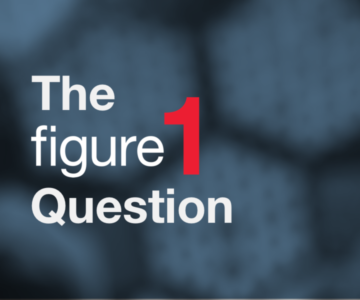
Dyspnea, Cough, and Facial Swelling—What’s the Cause
A 70-year-old smoker presents with a four-week history of dyspnea, cough, and facial swelling that ... Read more
Written by: Figure 1
Published on: April 7, 2018

A 70-year-old smoker presents with a four-week history of dyspnea, cough, and facial swelling that ... Read more
Written by: Figure 1
Published on: April 7, 2018

A 14-year-old boy is brought to the pediatrician by his mother over concerns of difficulty ... Read more
Written by: Figure 1
Published on: March 26, 2018

A 60-year-old man who is HIV positive presents with fever, dyspnea, and inflammatory lesions on ... Read more
Written by: Figure 1
Published on: March 17, 2018

A 58-year-old male with a history of rosacea presents with blue-black discoloration on his neck ... Read more
Written by: Figure 1
Published on: March 10, 2018

A 21-year-old female presents with a six-month history of irregular menses, decreased libido, impaired vision, and ... Read more
Written by: Figure 1
Published on: March 3, 2018

A 4-year-old boy with known G6PD deficiency is brought to the pediatrician by his mother ... Read more
Written by: Figure 1
Published on: February 23, 2018

A 67-year-old woman presents to the emergency room with acute chest pain and dyspnea after ... Read more
Written by: Figure 1
Published on: February 16, 2018

An 8-year-old boy is brought to the pediatrician by his mother over concerns of a ... Read more
Written by: Figure 1
Published on: February 9, 2018

A 56-year-old man presents with a three-month history of erectile dysfunction and bilateral buttock pain ... Read more
Written by: Figure 1
Published on: February 2, 2018

A 40-year-old male presents to his family physician with a pruritic, erythematous lesion on his ... Read more
Written by: Figure 1
Published on: January 26, 2018

A 55-year-old female presents with a low-grade fever, a new heart murmur, and Janeway lesions ... Read more
Written by: Figure 1
Published on: January 19, 2018

A 31-year-old female presents to the emergency department with a two-day history of pain on ... Read more
Written by: Figure 1
Published on: January 12, 2018